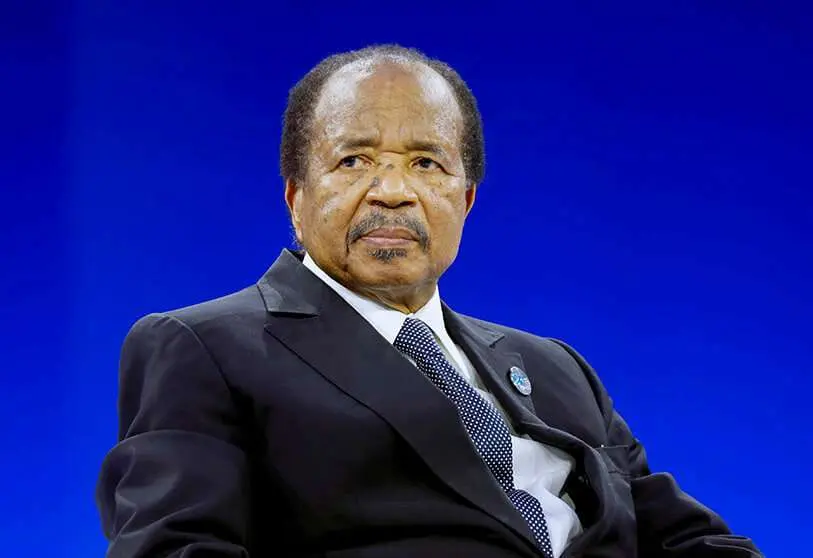Secessionism gains strength in Cameroon's English-speaking regions

Cameroon has been facing the most serious secessionist conflict in sub-Saharan Africa for years. The two church-speaking regions in the south and west of the territory have long been demanding independence from the rest of the French-speaking country. It is a long-standing problem that began in 1960, when, in the run-up to independence, a national unity agreement was imposed between the two territories that had been divided since World War I.
Cultural and linguistic differences soon led to protests by Anglophones against the Yaoundé government, which soon developed into a generalised rebellion that has recently taken on the character of a civil war. The English-speaking population (two and a half million inhabitants), known in the days of British rule as Amban Land, began their demands by protesting against the more favourable treatment received by the French-speaking regions and demanding administrative autonomy to, among other things, manage education. Since then, the demands have continued to grow.
The organisation of guerrillas hiding in the lush jungles and fighting through terrorist attacks triggered a violent crackdown by the military sent by the government to liquidate them. In the summer of 2017, the struggle for independence intensified and, on 1 October, the leaders of the sedition proclaimed with great solemnity the creation of the Republic of Ambazonia. A state structure was never formed, but secession continued to gain momentum and armed clashes have already left more than 4,000 people dead and 70,000 displaced into exile in Nigeria and Chad.
The government made no special efforts to seek an autonomous solution, and international interventions repeatedly failed. Cameroonian President Paul Biya, who has been in power for 38 years at the age of 88, clings to the idea of resolving the problem by military means, which adds new victims every month and increases hatred. Meanwhile, the guerrillas continue to carry out attacks against people and the headquarters of official bodies. There are no precise figures on the number of guerrilla fighters, but it is clear that more and more young people are joining the terrorist struggle, some of them in the open.
Cameroon has 25 million inhabitants, more than 10 per cent of whom claim independence. The so-called Republic of Ambazonia, which has no foreign recognition, is one of the richest regions. The country as a whole is going through an economic crisis, which is fuelling general discontent. Contributing to the crisis is the president's obvious inability to arbitrate or at least seek solutions.
Biya did not seek understanding between the two collectivities when he was a young and energetic president, and it is even less likely that he will succeed now that he is suffering the limitations imposed by age and the wear and tear of so many years in office, the longest in Africa after the 42 years of dictatorship exercised by Teodoro Obiang, the president of Equatorial Guinea. It is anecdotal that Cameroon, a country with more than 350 indigenous languages, is on the verge of division due to the incompatibility of the two official languages.

